For the first time attending GovHack I am pleased with how the event was run and how well I did. If GovHack sounds like a terrible plot from a mid 90’s TV show this link should give you some background on the event. Typically most hack-a-thons of this nature focus on data and developing a software solution to fit that data. As my background is in hardware electronics with only a working knowledge of complex scripting languages and web front ends I had more than a laptop bag on the first night. I had a duffel bag filled with component cases and tools because I wanted to do a hardware hack. Having gone to the event without a team, when the pitch session was in full swing on Friday night I shamelessly spun the idea around and pitched myself instead as a way to give people a look at alternative options to presentations and what I could bring to their teams as a hardware hacker. An hour later I was brainstorming ideas within a group of 10 people to look how we can promote renewable energy, analyses data from the Synergy the state energy supplier and promote community change on how we consume power. After a lovely breakfast put on by the GovHack team on Saturday morning we had developed the structure of an idea and some option to tackle it with a presentation due in less than 30 hours. Our solution is best described on our hackerspace page. I should note here the amazing opportunities events like these create for small businesses and the community in general as these are not just incredible events for networking with other skilled people but opportunities to see information from different perspectives. Over the 48 hour period I had worked with 8 other people I would have never had the opportunity to interact with elsewhere and I am better for it. Getting down to the hardware though….. As part of our soltion we looked at techniques of bringing data into a system that could then manage residential level load shedding. This is where ‘Paul’ and ‘Flow’ came in. ‘Flow’ is based uppon the Clicky-Clacky concept I have been developing in my day job, a way of analysing the power consumption of a mains AC load as well as toggling the power. So as a variation this was connected using an ESP8266 to a Wi-Fi hot spot as a demo. ‘Paul’ was a little more dynamic and designed to help households understand their enegy consumption in a clear and easy manner so a simple glance would give them all the information they needed, just like looking at a clock. So rather than displaying a series of numbers on a display I built a system that uses RGB leds to light up a face. Paul’s face will frown and glow red when you are using too much energy, yellow and neutral when you are average, then a big green smiley face when you are meeting your goals.
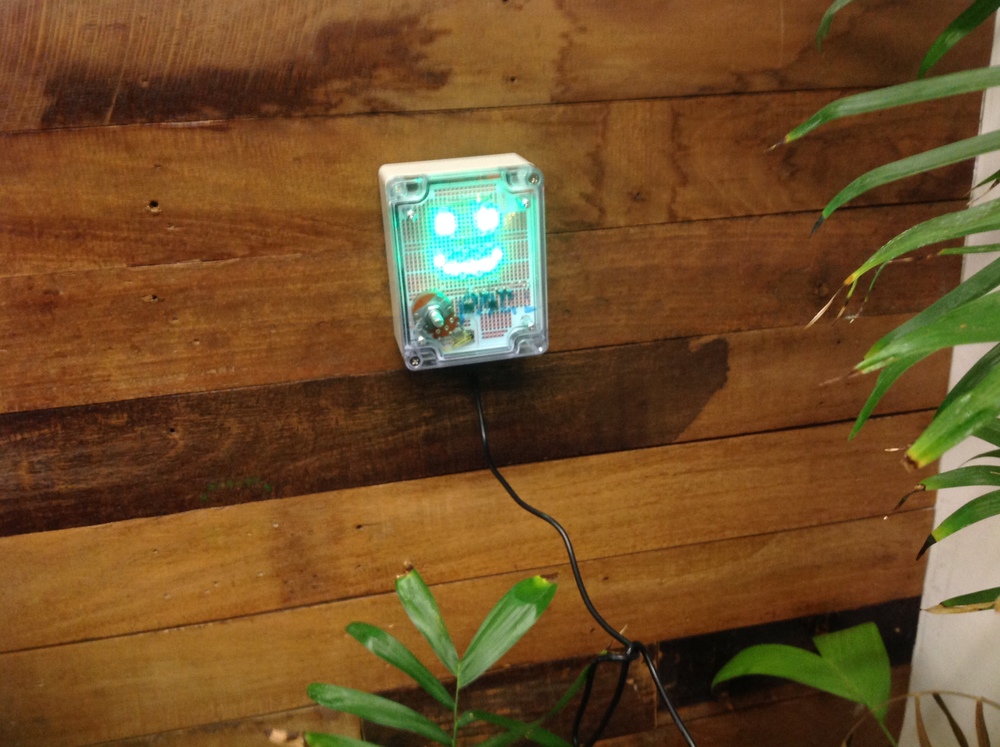
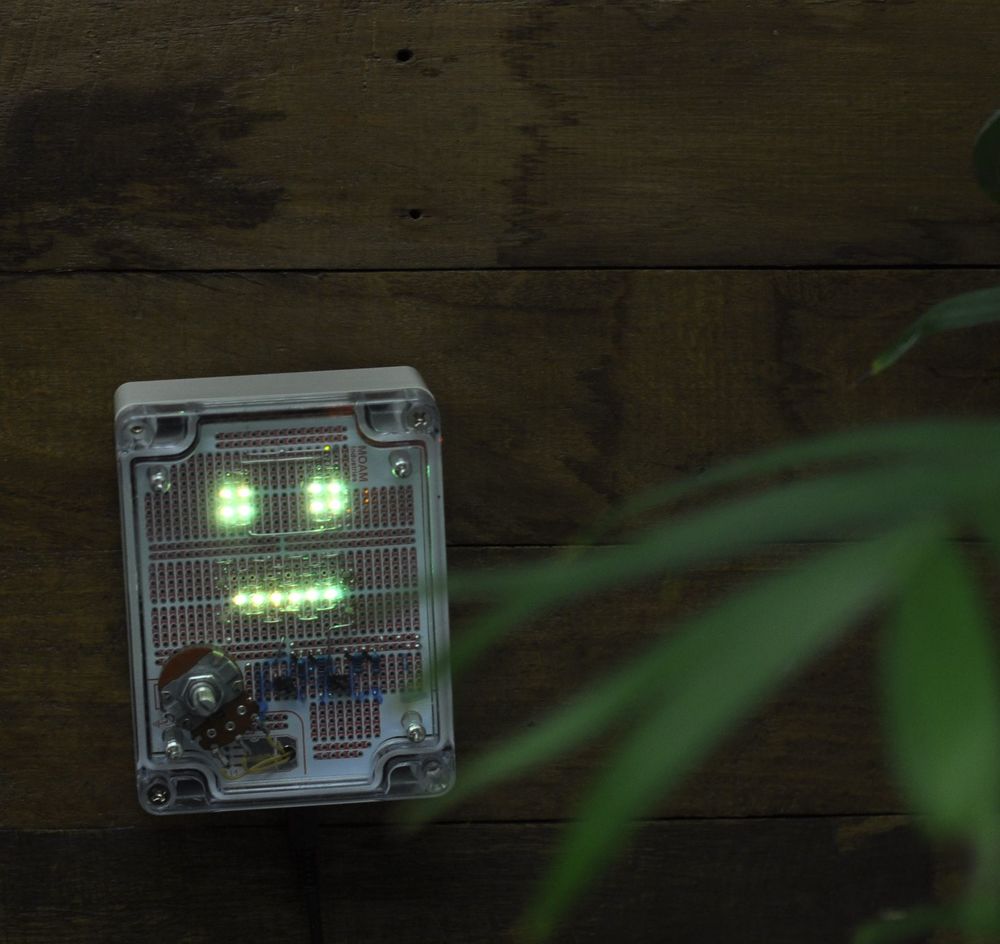
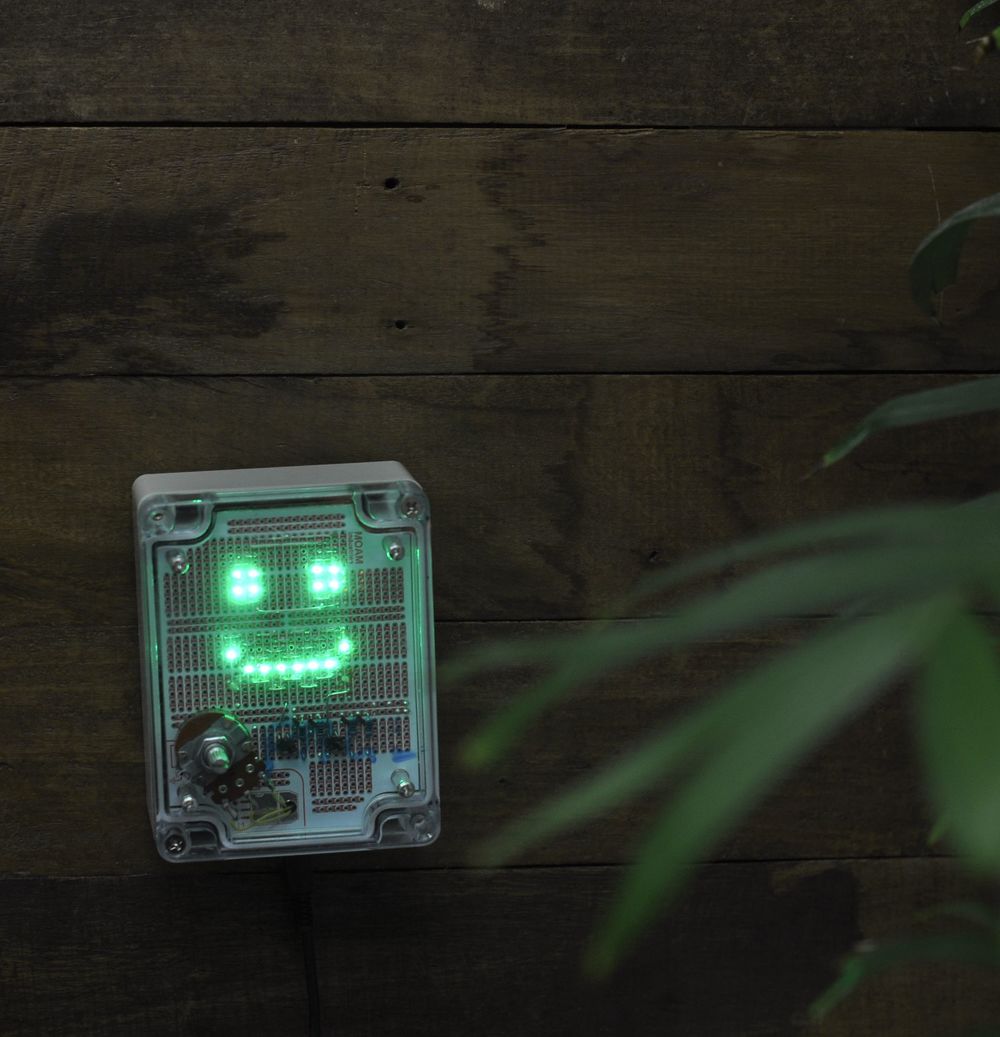
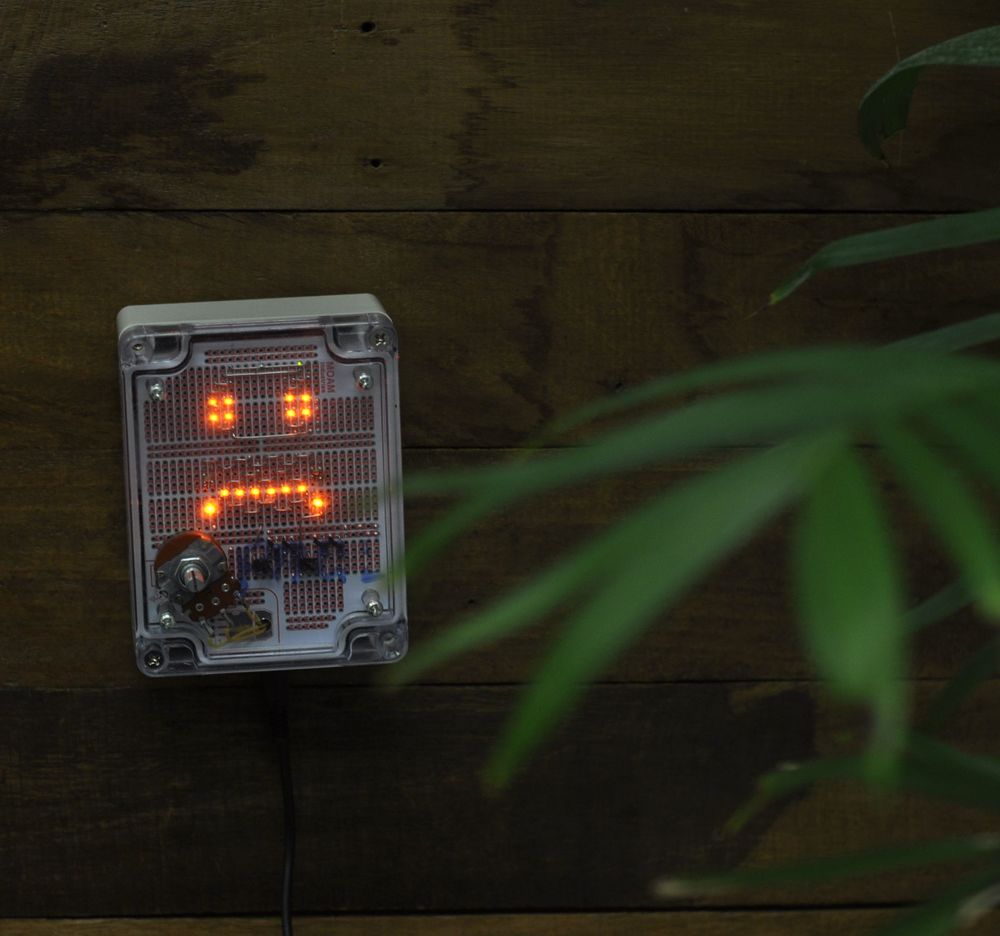
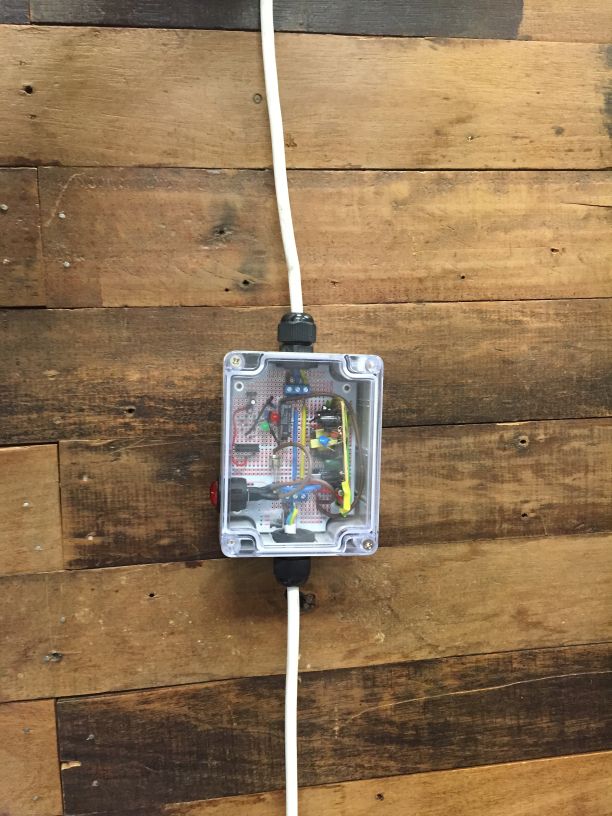
The initial plan was to use some 5mm RGB leds I had in stock as well as some 2N7002 N-Mosfets I had in my kit. As this is being desgned at 6pm on Saturday night and there are no shops open until 11:00 am the next day (at best) I had very few options. Unfortunatly the RGB leds I had in stock were common anode and not common cathode so I could not switch the fets I had. To make it worse i had no P channel fets on hand to change the switching behaviour. So my only option was to work with some very small SMT RGB leds instead, thankfully these tiny leds were large enough to just bridge a quadrant of pads on a 0.1” pitch board. Specifically one of my weatherproof prototype kits that I use for prototyping. Similar to the budget boards you can buy at many electronics shops, these ones are designed to fit inside the plastic component housings I use most commonly. With everything wired up the 4 fets were driven by an electric Imp. The electric imps can be quickly programmed and updated from a laptop without a large tool chain. However they can be a bit finicky to work with and the code is a little unusual as they use a squirrel scripting language interpreter to run code on the hardware. All of this hardware and moonlight soldering paid off with our teaming winning 1st prize in the Internet of things category and this year marked the first occasion any teams had entered hardware as a solution to the competition. Our team also took one a joint prize for the ‘Spirirt of GovHack”.
